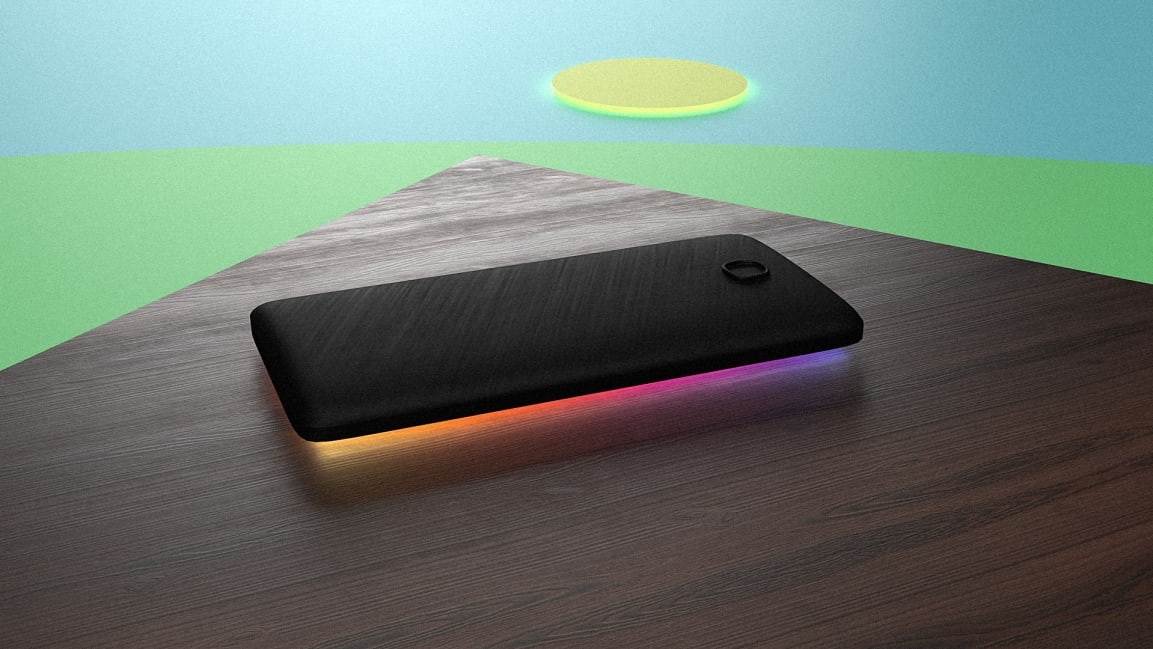The joy of avoiding Instagram
It’s never been easier to share a photo with others than it is today. You can share photos of your vacation with friends on Facebook, perfectly frame that shot for your Instagram followers, or broadcast a moment as it happens live with your audience on Twitter. Social media has taken over how—and why—we take photos.
It has become second nature to think of the medium or the person a photo will be shared with before we even stare through the camera’s viewfinder. The phrase “do it for the ‘gram” is a perfect example of how people do things purely for the sake of posting a photo of that moment to Instagram.
Taking a photo with the intention of sharing with others is a reflection of our species’ need to connect and socialize. There’s nothing inherently wrong with it. I have discovered, however, that increasing the diversity of where I share photos, especially when those outlets are outside of traditional social media, can make photography much more joyful.
Local guides on Google Maps
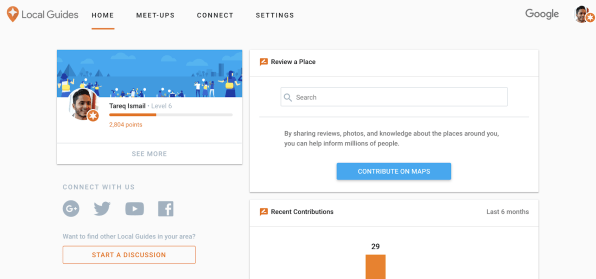
Google Maps, like Yelp and other similar services, allows users to contribute reviews and photos of destinations they’ve experienced. They’ve combined all of your contributions into a single service called Local Guides. Google is trying to build a community using Local Guides by organizing meet-ups, tracking “points,” and giving badges for the quantity and quality of what you contribute. I decided to increase my activity as a Local Guide, and as I did, my thought process around why I would take a photo changed. Before, I would ask myself: Who would want to see what I’m doing or experiencing? Now, keeping Local Guides in mind, I wonder who would benefit from learning about my impression of a place or experience. The goal of this type of sharing is to be informative and helpful, not merely expressive about personal experience.
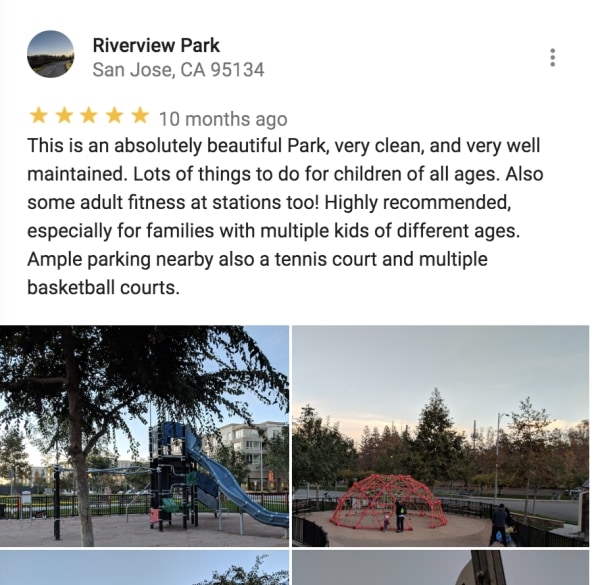
For example, I’m the parent of two young children and often require strollers wherever I go. I found myself sharing information about a place that I would have liked to know before I visited and trying to take photos that would help others like me make better decisions.
Google also does a great job of reminding you of the impact your photos are making in the larger community.
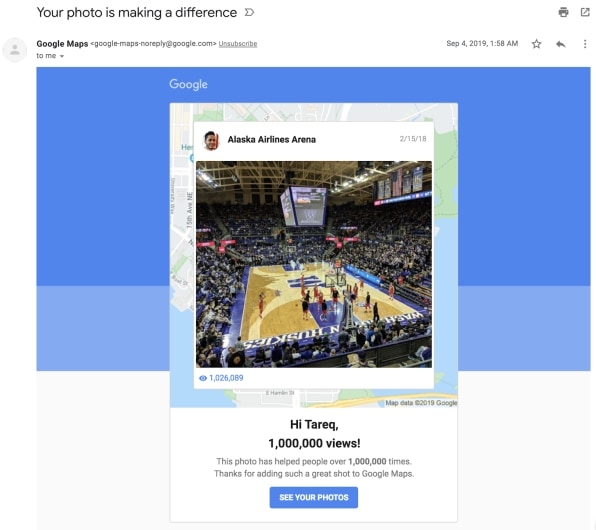
I could have shared the photo above (taken on a trip to Seattle) with a few friends to tell them about my night at the basketball game. Instead, on Google Maps, my photo’s reach has now surpassed more than 1 million views and could have helped each person make a better decision about where to go. That level of satisfaction, of knowing that my photo served as a guide for others, changed my perspective for the better.
Unsplash
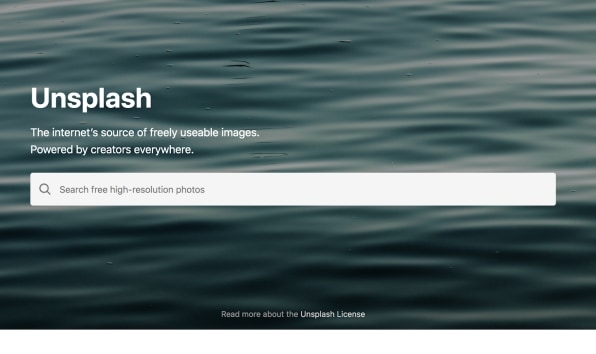
Having been a designer for more than a decade, I know the challenge of hunting for the perfect photo for a design. These days, almost anyone who creates presentations, flyers, marketing, or even social media can benefit from high-quality imagery.
Unsplash is a repository of free-to-use high-quality images that anyone can use. It has strict standards for quality and uses both programmatic and human curation to ensure only high-quality images are allowed on the service.
I began uploading a few photos, not thinking much about how it would change my relationship to photography. On my first attempt, a few of my photos were rejected because they were too similar to each other, while a few others were too low in quality. This experience got me thinking about ways to improve my photography skills. For Local Guides, my goal was to be informative. For Unsplash, I wanted to take both beautiful and useful photos that others may want to use for their own projects. I began to think of places and situations I experienced as moments that others may want to use to express themselves.
For example, living in San Francisco, I knew I had the opportunity to take photos of new technology services and products that others may want to use as they become available in their regions, and so I took advantage of those moments.
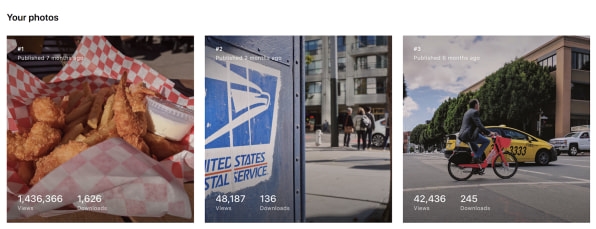
Unsplash is also great at tracking statistics and showing the impact your photos are making in the greater community. Just like Google Maps, I found a way to share my photos in a useful way that expanded beyond the people I knew, and Unsplash’s high quality bar has encouraged me to become a better photographer.
Canvas printing
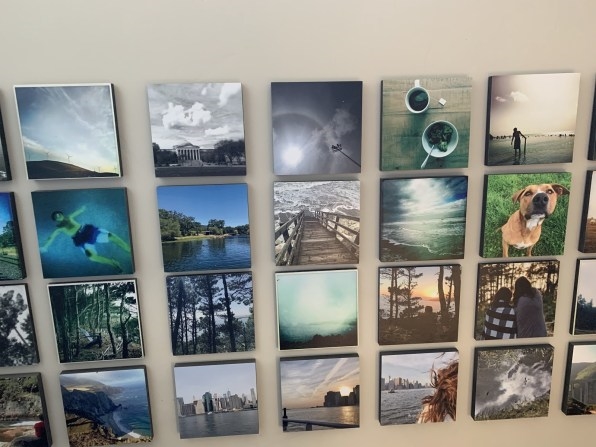
This may be hard to believe for some, but before computers and the internet, people shared photos physically through prints and photo albums. Those are still possible today, and using photo-book printing services such as Snapfish, Shutterfly, and Google Photo Books is an effective way to bring back aspects of that tradition.
Photo books can be a very rewarding experience and output a beautiful artifact, but personally, I found the process of creating one to be too much work, and even the available automated creation tools aren’t good enough. When creating a book, I would spend too much time trying to perfect the layout, and it was agonizing trying to figure out which photos wouldn’t make the cut.
Recently, I’ve begun printing photos on canvas using services such as CanvasPop, Mixtiles, and CanvasDiscount. Canvas printing is a great alternative that’s easier than crafting the perfect photo book and even more rewarding. The canvas prints available today are high quality and full of detail. Unlike photo books, rather than trying to choose all the right photos, people, and places that represented a trip or an important moment, I’ve started ordering a single canvas print of a memorable building, structure, or landscape that brings back the memories of that trip or moment. No more competition for which angle of which person should be laid out around others. Instead, I pick one photo that manages to bring back all those memories at once. I choose photos that don’t include people so the canvas print I order is representative of the memory rather than the people in the memory. I’ve ordered canvases of entrances to a memorable room or place or of the backdrop of an unusual setting that’s unique to that memory. Looking at the finished product, I feel like I’m back in the moment itself, whereas a photo book reminds me of how I looked when I was in the moment at that specific time in the past.
For some canvas prints, I’ve even used a tool called Prisma. It’s an A.I.-driven filter tool that gives photos the feeling of a real painting. Artificial intelligence can’t match the skill of a real artist, but it adds a nice touch that makes the photo feel like an abstract moment and a representative of the memory.
Unlike Local Guides or Unsplash, there are no statistics to use to measure the canvas’s success. The photos I printed on canvas will simply hang in my home to be shared casually for anyone who visits. Like the photos I share online, anyone who sees the canvases asks about them, and sometimes that conversation will lead to me showing related digital photos on my phone or TV.
Increasing the diversity of photo taking
Photos are captured moments of time. We capture some to remember a person, place, or thing, and others to remember a feeling, relationship, or idea. Regardless of your intention, the mere act of taking a photo is an intention to revisit that captured moment.
Adding new sources to where and how you share these captured moments can change your relationship with photography altogether. Many others likely exist beyond the ones I’ve found so far. Now that I’ve seen the benefits and joy I get from these new photo sources, I’ll always be looking for more.
Tareq Ismail is principal designer at Amplitude and host of the podcast IterateFM. You can follow him on Twitter here. This post was originally published on Medium.
(86)


